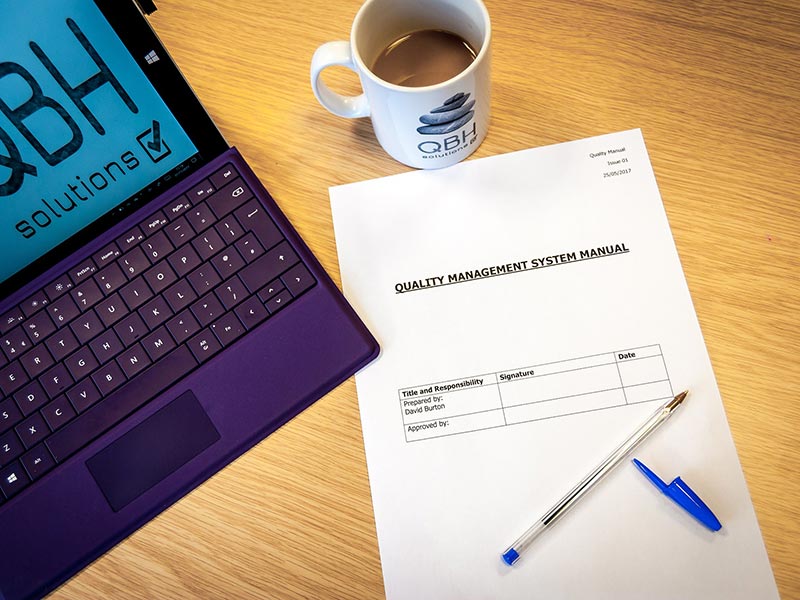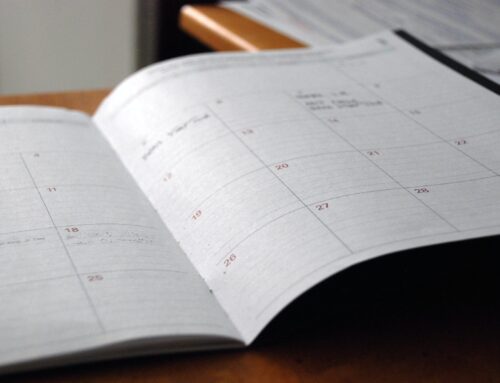
Although it isn’t an express requirement of ISO 9001:2015, one of the easiest ways to introduce and manage your new quality management system is to create a document known as a Quality Manual, which summarises the ways in which you comply with the standard.
Aligned directly with the ISO Standard, from each section you can then direct to the various policies, procedures and registers that form your quality management system and provide the evidence to your management team and to any interested party (auditors!) that you are following your prescribed procedures, in other words, that you are doing what you say you do, and in the way you say you are doing it!
To help you develop your Quality Manual we have devised the following Top 5 Tips which we hope will help you in this process;
1) Structure the manual to the ISO standard. For example, Clause Four of the standard asks that an organisation has identified their internal and external risks, so your Quality Manual should have a these listed in Section Four. By using this layout, you can very clearly see that, section by section, you have considered the requirements and put procedures, and the means to record the output information, in place.
2) In the latest version of the standard you are no longer allowed to list or request exclusions. Previously, it was common to exclude the design section or the section that focuses on calibration and testing, if these were activities that your business was not involved in or with. However, best practice is now to include those sections and relate them to your service delivery and asset registers respectively. By u nderstanding the purpose of the Clause, you can find ways to relate it to your business.
nderstanding the purpose of the Clause, you can find ways to relate it to your business.
3) Now that you have a Quality Manual aligned to the standard, you can input your document references. Indicating that the reader may refer to the Document Control procedure for information management, as an example, with an additional hyperlink to your Controlled Documents Register. This is so useful in an Audit especially, as you are demonstrating that you have a process in place and then indicating where to go for the documented evidence.
4) Like so many things in the arena of compliance it can be so easy to become convoluted and unnecessarily complex. The aim with the Quality Manual is to keep it as clean and precise as possible. Make the statement of compliance, refer to the process and provide the evidence; no need to elaborate.
5) At the very least you should be reviewing the entire document annually. It is also good practise to dedicate an Internal Audit to the Quality Manual as part of your programme. Giving the Manual a frequent checking over means that you are ensuring your processes are meeting the standard requirements and that the systems you have implemented are being maintained.
We hope you found this useful but if you would like any more information on Creation of a Quality Manual, Quality Systems, Quality Assurance Systems, or ISO 9001 for small businesses please get in touch.
info@qbhsolutions.co.uk
01303 297034 / 07795 564089
HR & COMPLIANCE DOESN’T HAVE TO BE ROCKET SCIENCE





Follow Us on Social Media